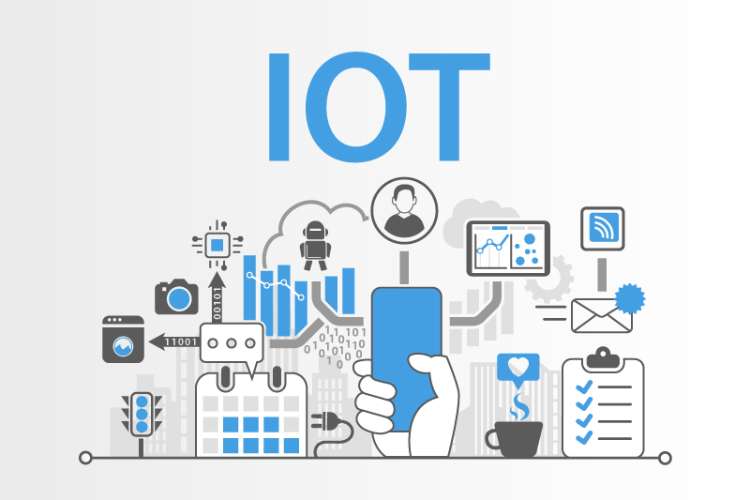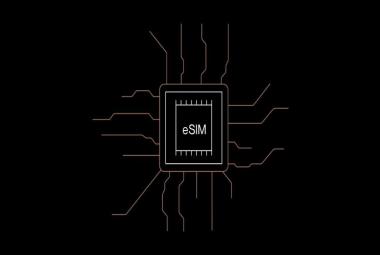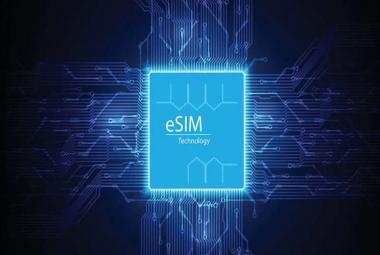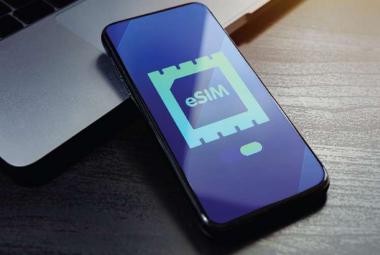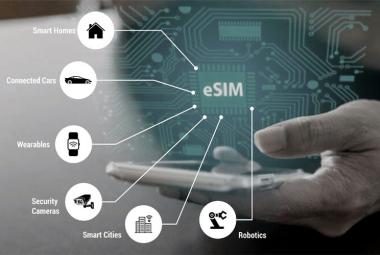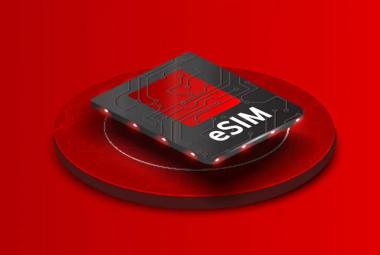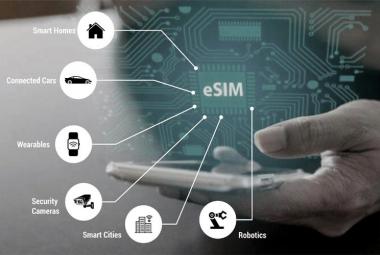In the Q1 2023, around 450 million IoT modules have the potential to support eSIM/iSIM, which is approximately 16 percent of the 2.8 billion active international cellular IoT connections.
The international cellular IoT market has been going through a lot of transformation. Nowadays, the physical subscriber identity module (SIM) cards are becoming virtualized in the form of embedded SIMs or integrated SIMs. According to a survey report of IoT Analytics, towards the end of 2023, the IoT backed eSIM/ISIM market is anticipated to grow around 500 million units.
In the Q1 2023, around 450 million IoT modules have the potential to support eSIM/iSIM, which is approximately 16 percent of the 2.8 billion active international cellular IoT connections. This survey highlights the escalating demand for efficient, flexible, and fast connectivity solutions in the innovative era of cellular IoT.
An eSIM is an integrated circuit that combines hardware, a secure element, and software called a universal integrated circuit card (UICC). eSIMs are typically available in various form factors, including machine-to-machine form factor (MFF2), wafer-level chip scale packaging (WLCSP), and miniaturized leadless packages. Specifically, eSIMs use an embedded UICC (eUICC) with a secure element for enhanced security. An iSIM is a type of eSIM where an integrated UICC (iUICC) with a secure element is manufactured into a system-on-chip (SoC) or system-in-package (SiP).
The growth of eSIM/iSIM is more of a paradigm shift and not just a simple technological enhancement. It is more about how IoT products can be seamlessly integrated, how connectivity can be simplified and also trouble-free user experience. The utilization of digitized SIMS helps enterprises to reduce time in the market and also perk-up the efficacies of IoT deployments.
According to an exclusive report of IoT Analytics, eSIM penetration within cellular IoT modules experienced a significant increase, with quarterly shipments of eSIM-capable modules rising from 7% in Q1 2018 to 31% in Q1 2023. Notably, there was a period of stagnation in this growth during 2021; however, from Q1 2022 onward, experts observed a consistent adoption rate through Q1 2023.

